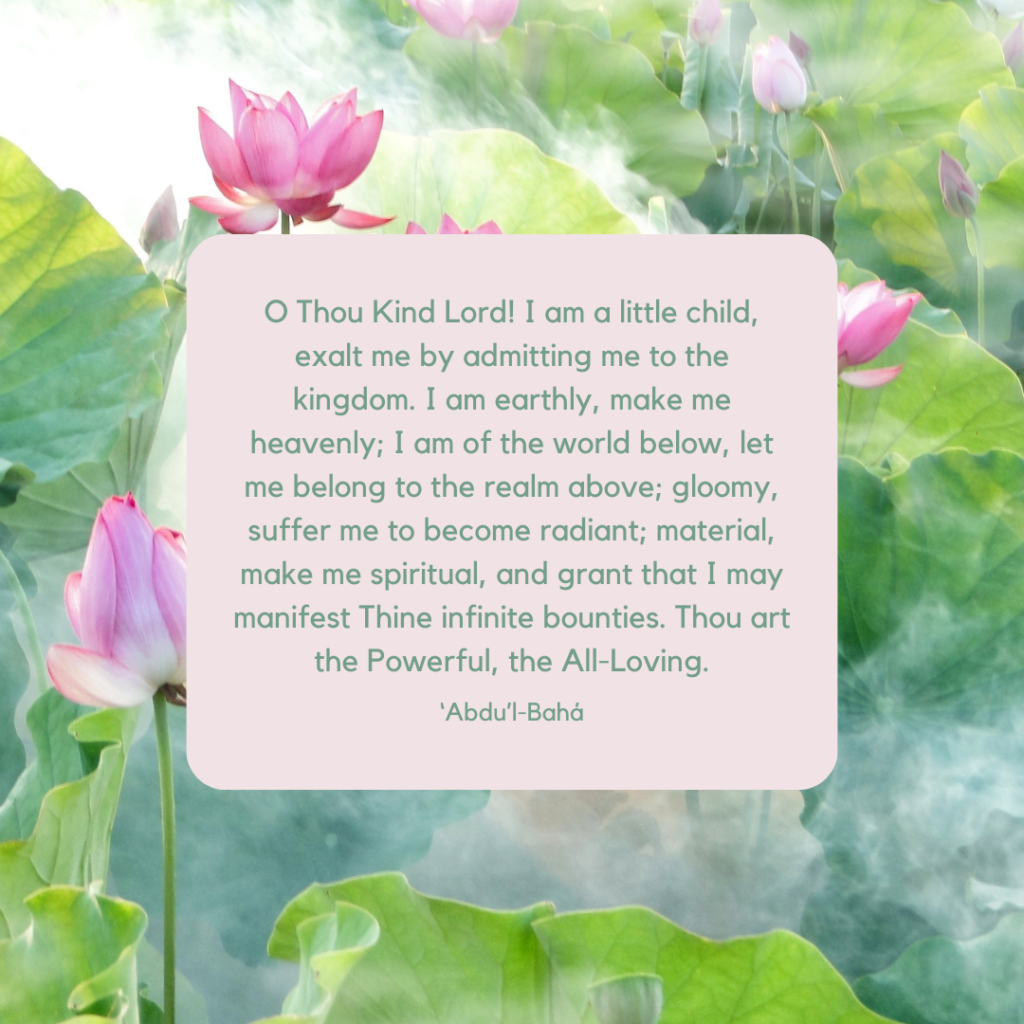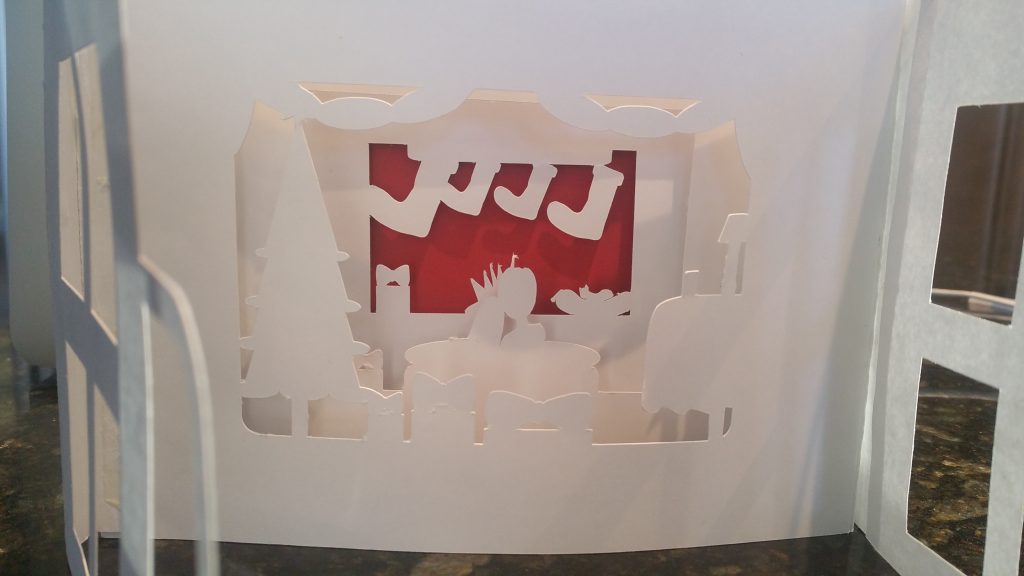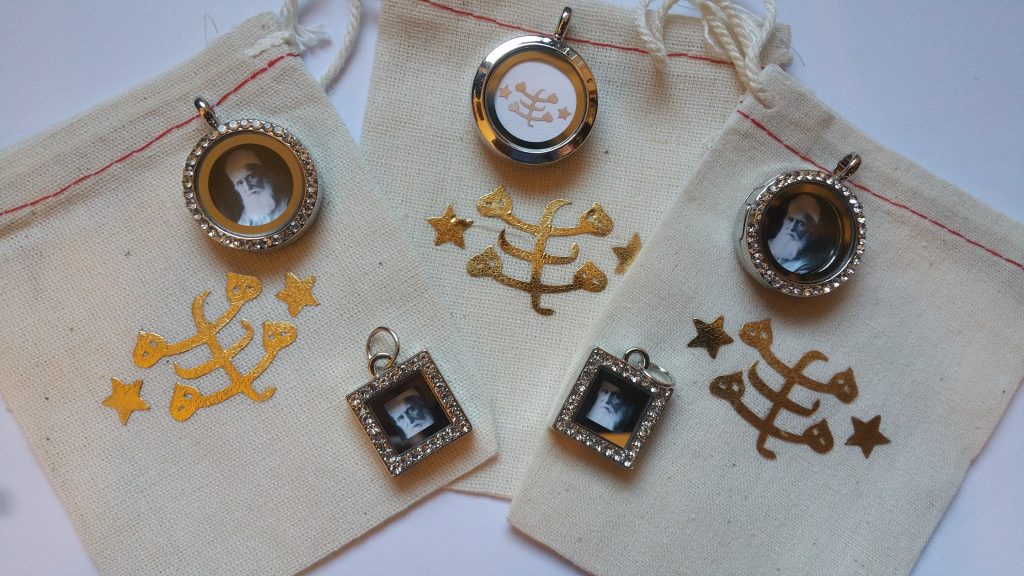
Faithfulness
- What is Faithfulness?
- How are we Faithful?
- Why should we practice the virtue of Faithfulness?
- When do we practice the virtue of Faithfulness?

In the next 3 lessons, we will memorize the prayer “O Thou kind Lord! I am a little child…”
“O Thou kind Lord! I am a little child, exalt me by admitting me to the kingdom. I am earthly, make me heavenly; I am of the world below, let me belong to the realm above; gloomy, suffer me to become radiant; material, make me spiritual, and grant that I may manifest Thine infinite bounties.
“Thou art the Powerful, the All-Loving.”

View Here


A faithful soul never forgets all the bounties that God has bestowed on it; it never ceases to love God. It is out of our faithfulness to Him that we always try our very best to follow His teachings and obey His laws, even when it becomes difficult. So it is that we work hard to serve others and to do worthy deeds, with no other thought than to attain His good pleasure. For the faithful soul, there is no greater joy than striving to please God. Let us memorize this quotation of Bahá’u’lláh:
Happy is the faithful one who is attired with the vesture of high endeavor and hath arisen to serve this Cause.
Tablets of Bahá’u’lláh
View Here On YouTube
SIGN LANGUAGE
Meaning Of Words
Attired
- Mae has a good dress that she only wears on special occasions. She put on her dress for the community gathering. Mae was attired in her special dress.
- For the ceremony, the King put on his velvet robe. He was attired in his finest clothes.
Vesture
- In some places, judges must wear a white wig and a long black robe in a court of law. They must wear the full vesture of judges.
- Before leaving the palace, the prince puts on his sash and crown. He puts on his royal vesture.
Endeavor
- The students decided to plant trees around the school. The community supported their endeavor by providing seedlings and soil.
- Pierre and Arlene decided that they would climb to the top of the mountain. They knew that this would be a difficult endeavor, but they were determined to try.
Send A Postcard


Story About Faithfulness
When ‘Abdu’l-Bahá was a young boy, His family, which was part of the nobility of Persia, had a servant by the name of Iṣfandíyár. He was very loyal to the family, and they trusted him a great deal. When the authorities, out of prejudice and ignorance, had ‘Abdu’l-Bahá’s beloved Father, Bahá’u’lláh, arrested, all of the family’s possessions were taken away. They were left with nothing, and anyone close to Bahá’u’lláh was in danger. Still, Iṣfandíyár continued to look after the family. Knowing that many officers would be looking for Iṣfandíyár, ‘Abdu’l-Bahá’s mother urged him to leave the city. But Iṣfandíyár would not leave.
“I cannot go,” he said, explaining that he owed money to many shopkeepers for items he had purchased. “How can I go?” he asked. “They will say that the servant of Bahá’u’lláh has bought and consumed the goods and supplies of the storekeepers without paying for them. Unless I pay all these obligations, I cannot go. But if they take me, never mind. If they punish me, there is no harm in that. If they kill me, do not be grieved. But to go away is impossible. I must remain until I pay all I owe.”
For one month Iṣfandíyár went about in the streets and bazaars, selling small things he owed. When he had paid every last debt, he went to the family and said goodbye, for he knew he could stay with them no longer. A minister agreed to take him in and protect and shelter him during this dangerous time.
Many months later, Bahá’u’lláh was released from prison, and He and His family were exiled from Persia by the authorities. They went to Baghdád, a city in the neighboring country. Iṣfandíyár, ever faithful to Bahá’u’lláh, journeyed to Baghdád to ask whether he could once again serve in His household. Bahá’u’lláh said to him, “When you left us, there was a Persian minister who gave you a place to stay when no one else could give you protection. Because he sheltered you and protected you, you must be faithful to him. If he is satisfied to have you go, then come to us; but if he does not want you to go, do not leave him.”
Of course, Iṣfandíyár was so upright, so trustworthy, and loyal, that the minister did not want him to go. “O Iṣfandíyár!” he exclaimed, “I am not willing that you should go, yet, if you wish to go, let it be according to your own will.” But Iṣfandíyár remembered Bahá’u’lláh’s words. He remained in the minister’s service until, sometime later, the minister passed away and Iṣfandíyár once again returned to the family he so loved, serving ‘Abdu’l-Bahá to the end of his days.

Who Is Knocking at My Door
Blindfold one of the children, who should be seated on a bench with his or her back to the rest of the class. Now point to another child. He or she should go up to the blindfolded child and knock on the bench. The child who is seated says, “Who is knocking at my door?” The other, trying to disguise his or her voice, responds, “It’s me!” The seated child tries to guess who is knocking. The blindfolded child has three guesses, and then another child is given a turn.

Science Experiment “The Loyalty Test”
Objective: To explore the concept of faithfulness and loyalty through a simple science experiment.
Materials:
- Clear containers or jars with lids (one for each participant)
- Small objects or symbols representing loyalty (e.g., small toys, pictures)
- Water
- Food coloring (optional)
- Labels or markers
- Timer
Procedure:
- Introduce the concept of faithfulness and loyalty to the children. Explain that in this experiment, they will be testing the loyalty of their “friends” (represented by the small objects or symbols). Suggested items like metal, wood, paper, sugar cubes/candy as faithfulness is often tested and does not last.
- Fill each clear container or jar with water, leaving some space at the top. If desired, add a few drops of food coloring to make the water easily distinguishable.
- Ask each child to choose a small object or symbol that represents their “friend” or something they are loyal to. Place the chosen item in the jar.
- Seal the jar tightly with the lid, symbolizing the commitment and faithfulness to their “friend.”
- Label each jar with the child’s name and the name of their “friend.”
- Explain that during the experiment, they will observe how well their “friends” stay loyal in different situations.
- Set up scenarios for the experiment, such as gently shaking the jars, placing them in different positions, or exposing them to various conditions. Use a timer to measure the duration of each situation.
- After each scenario, discuss with the children how well their “friends” held up and remained loyal.
- Conclude the experiment by emphasizing the importance of faithfulness and loyalty in friendships and relationships. Discuss how these qualities contribute to happiness and a sense of belonging.
This simple and imaginative experiment introduces young children to the abstract concept of faithfulness in a tangible and relatable way. It encourages discussion about loyalty, commitment, and the importance of being faithful to those we care about.
Loyalty/ Faithfulness Bracelets
Objective: To create a tangible and wearable reminder of the virtue of faithfulness through a simple craft activity.
Materials:
- Colorful yarn or string
- Small beads (a variety of colors and sizes)
- Cardstock or construction paper
- Markers or colored pencils
- Hole punch
- Scissors
- Clear tape (optional)
Procedure:
- Begin by discussing the virtue of faithfulness with the children. Use simple language and examples to help them understand the concept, emphasizing loyalty and commitment in relationships.
- Cut the cardstock or construction paper into small rectangles that can serve as “loyalty cards.” Each child will create a card for someone or something they are loyal to (e.g., a friend, family member, or pet).
- Have the children decorate their loyalty cards using markers or colored pencils. Encourage them to draw pictures or write words that represent their loyalty and commitment.
- Punch a hole at the top of each loyalty card.
- Cut a length of yarn or string for each child, long enough to be worn as a bracelet. The yarn will serve as a symbol of the unbreakable bond of faithfulness.
- String beads onto the yarn, discussing each bead as a representation of a positive quality associated with faithfulness (e.g., love, trust, commitment).
- Thread the loyalty card onto the yarn, ensuring it is secured between two beads.
- Tie the ends of the yarn together to create a wearable loyalty bracelet.
- Optional: If the ends of the yarn are too long, trim them and use clear tape to secure the knot, preventing the bracelet from unraveling.
- Discuss the completed bracelets with the children, reinforcing the concept of faithfulness and how wearing the bracelets can serve as a reminder to be loyal and committed.
This craft not only provides a creative and hands-on experience but also offers a tangible reminder of the virtue of faithfulness that children can carry with them.
Faithful Friendship Collage
Objective: To visually represent the virtue of faithfulness through a collaborative and artistic craft activity.
Materials:
- Large poster board or butcher paper
- Magazines, newspapers, or printed images
- Glue sticks
- Safety scissors
- Markers or colored pencils
- Stickers or embellishments (optional)
Procedure:
- Begin by discussing the concept of faithfulness with the children, focusing on loyalty, commitment, and being true to friends and family.
- Cut out images from magazines, newspapers, or printed materials that represent positive qualities associated with faithfulness. Encourage children to look for pictures of friends, families, and symbols of loyalty.
- Provide each child with a section of the large poster board or butcher paper. This will be their contribution to the collaborative Faithful Friendship Collage.
- Instruct the children to arrange and glue their cut-out images onto their section of the poster board, creating a collage that visually represents faithfulness.
- Encourage the children to use markers or colored pencils to add personal touches, such as drawing hearts, stars, or any symbols that represent loyalty.
- If desired, offer stickers or other embellishments for the children to use in enhancing their sections.
- Once each child has completed their section, assemble the individual pieces on a wall or bulletin board to create the collaborative Faithful Friendship Collage.
- Discuss the completed collage as a group, pointing out different elements that symbolize faithfulness. Talk about the importance of loyalty and commitment in maintaining strong and positive relationships.
This craft fosters collaboration, creativity, and a visual representation of the virtue of faithfulness. It also provides an opportunity for children to discuss and reflect on the qualities that make relationships strong and enduring.
Use the quote in any of the crafts below
“Happy is the faithful one who is attired with the vesture of high endeavor and hath arisen to serve this Cause.”
Tablets of Bahá’u’lláh
Create a simple and colorful poster
Materials:
- Large construction paper or poster board
- Crayons or colored markers
- Stickers or cut-out shapes (optional)
- Glue
Instructions:
- Provide each child with a piece of construction paper or poster board.
- Write the quote on the top of the paper using large, easy-to-read letters.
- Encourage the children to use crayons or colored markers to decorate the poster with bright and cheerful colors.
- Optionally, let them add stickers or cut-out shapes to enhance the visual appeal.
- Discuss the meaning of the quote with the children in simple terms, emphasizing themes of happiness, faithfulness, and helping others.
- Display the finished posters in the classroom or a common area to celebrate the children’s creativity and understanding of the quote.
Other Ideas
- Promise Stones:
- Decorate smooth stones with promises or affirmations of faithfulness. These can serve as tangible reminders of commitments made.
- Family Tree Collage:
- Craft a family tree using photos and drawings of family members, emphasizing the bond of loyalty within the family.
- Trustworthy T-Shirts:
- Have kids decorate plain T-shirts with fabric markers or paint, illustrating symbols or messages that convey trustworthiness.
- Partner Handprint Art:
- Create a collaborative art piece where each child contributes a handprint, symbolizing the unity and faithfulness of working together.
- Story of Faithfulness Book:
- Make a small book using folded sheets of paper. Children can illustrate and write short stories or scenarios showcasing faithfulness.
- Friendship Quilt:
- Have each child decorate a fabric square with drawings or messages about friendship and faithfulness. Combine the squares to create a friendship quilt.
- Family Promise Jars:
- Decorate small jars and label them as “Promise Jars.” Family members can write down promises or acts of faithfulness on slips of paper and place them in the jar.
- Trusty Shield Craft:
- Design shields using cardboard and craft materials. Discuss how a shield represents protection and faithfulness to those we care about.
- Faithful Pet Rock:
- Decorate small rocks with paint or markers, naming them and considering them as “faithful pet rocks” symbolizing loyalty.
- Connected Paper Chains:
- Create paper chains with each link representing a person or a commitment. Discuss how staying connected symbolizes faithfulness.
- Kindness Rocks Garden:
- Paint rocks with kind messages or symbols of faithfulness. Place them in a “kindness rocks garden” to spread positive and faithful vibes.
- Allegiance Flags:
- Design small flags with symbols or colors that represent allegiance and faithfulness to certain values or virtues.
- Unity Wreath:
- Make a wreath using intertwined paper rings, each decorated with messages or drawings expressing unity and faithfulness.
- Honesty Pledge Collage:
- Create a collage using cut-out words and images from magazines or draw pictures to represent the virtue of faithfulness and honesty.
These crafts are designed to engage children in creative activities while fostering an understanding and appreciation for the virtue of faithfulness.
Other faithfulness Crafts
- Salvaged Living: Make a jar with a mustard seed
- Use a plain T-shirt, or bag and print the quote of the word FAITHFULNESS on it using heat transfer paper
- Kids Activities.com:based on the part of the quote ” attired with the vesture of high endeavor ” Use dress-up paper dolls and write parts of the quote
- Twinkl Dress-up Dolls: you can get free downloads via email when you sign up free.


